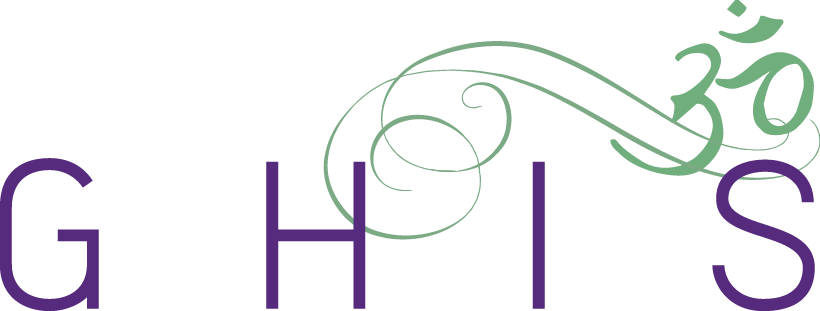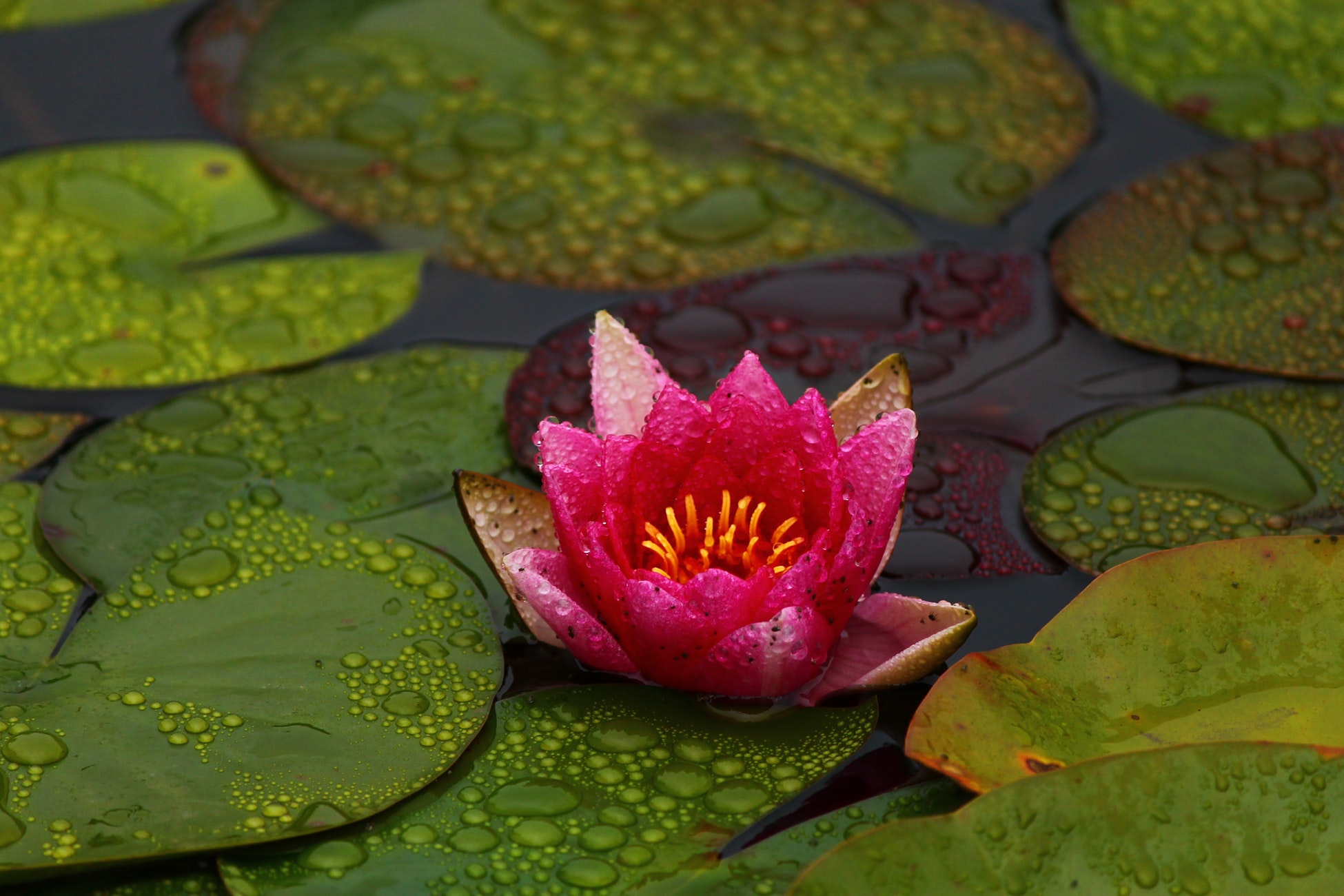integrative medicine
Tibetan Medicine
History of Tibetan medicine
Tibetan medicine (TM) is another of the oldest medicine in the world. The medical system draws from knowledge of India’s Ayurveda and Siddha, China, Persia and Greece. This combination is further enhanced with the knowledge of the local healers. Underlying all this, is the influence of Buddhism and the contribution of the Buddhist monks to the preservation of this medicine to the present.
In the 8th century, the medical teaching of Ayurveda, and Buddha himself was a strong proponent of Ayurveda, was brought in from India. This practice of Ayurveda was translated into Tibetan from Sanskrit. In the 11th century this knowledge was integrated into a unified system of medicine.
The medical school in Lhasa taught Tibetan medicine since the 17th century. However with the Chinese occupation and cultural genocide of Tibet in 1959, the main medical school in Lhasa was destroyed. Since the destruction of the medical school, another school has been set up to graduate new physicians with the goal of reviving Tibetan medicine. An additional medical school has been set up in Dharamsala, North Indiaalong with a few schools set up in the west.
What is Tibetan medicine?
In Tibetan medicine practitioners stay true to good Buddhist practices. All Tibetan medicine practitioners have an in-depth understanding of Buddhism to incorporate into the medicine. Practice of compassion is integral to Tibetan medicine. The practitioners aim to accomplish the six perfections- wisdom, giving, ethics, patience, concentration, effort and giving. This translates to; share the wisdom of the practitioner, give your attention to patients, practice and maintain medicine in a proper ethical environment, cultivate patience while collecting medicinal herbs, engage great effort while mixing the medicines, and to concentrate on the rituals connected to the preparations (Donden, 1986).
The doctor -patient relationship is utmost important to Tibetan medicine. In cultivating compassion, the practitioner learns to understand the mind of the patient. Tibetan medicine doctors try to understand a patient as a person, not as another statistic of a particular disease. By understanding the patient, the practitioner is able to understand the pain and discomfort, provide recommendations to the patient for changes to diet, behavior, and/or provide medicine if or when the other methods of treatment do not succeed or need additional tools (Coulter, 1998).
Tibetan medicine text
As with many other traditional medicines, in Tibetan medicine all knowledge was passed down from master to student. Students were required to memorize lengthy volumes of medical texts and recite them during doctoral examination. It takes years to learn these texts.
The texts contains 156 chapters, 5900 versus, and 8 branches of medicine. The 8 branches of medicine are anatomy, physiology, pediatrics, gynecology, toxicology, geriatrics, fertility and reproduction plus disorders associated with negative influences (Coulter, 1998).
The knowledge is divided into 4 esoteric texts-the Four Tantras (Coulter, 1998).
1. Root Tantra– is an outline of the entire teaching
2. Explanatory Tantra– explains the basic beliefs such as wind, bile, and phlegm and its relation to disease and treatment. Health maintenance is prescribed through diet, behavior, and seasonal adjustment.
3. Oral Tantra– discuss nature, cause and therapies.
4. Last Tantra– methods of diagnosis, urine analysis (refer to Siddha Medicine on urine analysis- Neer Kuri), pulse taking, manufacture of medicine.
Similar to Ayurveda and Siddha, Tibetan cosmology believes the physical world and its inhabitants are composed of the five energies. These are earth, water, fire, air/wind, space/ether-which are connected to the energies of the body by three humors. The difference in comparison with Ayurveda and Siddha is that in Tibetan medicine, the three humors are rooted in ignorance, hatred and attachment, which in Buddhist teaching/ belief, ultimately cause illness.
These humors predominate in individuals at certain ages, or constitution and signify nature of disease. Phlegm predominates in childhood. Bile predominates in mid-life. Wind predominates in old age.
Location of humor
Cause of disease
As similar to Ayurveda and Siddha, in TM, disease arise from imbalance of humors caused by diet, behavior, season or spirit problems. Spirit problems is defined as karmic problems from past incarnation. In reincarnation the soul carry the blueprint of past life issues of mental, emotional, physical, sexual, and spiritual. The manifestation of the disease will appear through one or more of these regions-skin, flesh, bones, and organs.
Diagnosis
The methods of diagnosis used are – urine analysis, tongue diagnosis, pulse taking, and in-depth medical history taking and biopsychosocial discussion is important to the practitioner to determine nature of illness. When the constitution is determined, as in phlegm, bile, or wind, then pulse is taken to determine health of each organ. Next the urine is checked for color, vapor, froth, and odour .
In TM diagnosis, a patient is at the apex of a pyramid. This is because all illness arespecific to a patient’s personal background. Further down the pyramid are accompanying symptoms, spiritual, medical, dietary history. This aids the physician get to the root cause of the disease.
Treatment
There are over a total of 2,000 herbs, mineral, gems and plant substances that can be prescribed. A strong component of treatment is dietary and behavior changes. Behavior changes are rooted in spiritual practices (meditation, breathe work, visualization) and daily acts of peace and harmony.
The herbs are collected at specific times of the lunar period with incantation of mantras. The making, delivery and consumption of the medicine are a ceremony in itself. The integration of the mind, body and soul facilitates healing. In addition to the above holistic treatment, other integrated treatments are prescribed. They include massage (for lung and Badken disorder), Tibetan acupuncture and inhalation therapy (incense primarily to treat lung disorder).
Who can use TM?
To use Tibetan medicine, one has to appreciate the mind body and spirit connection. One has to value and understand the system of a particular traditional medicine and its meaning to truly appreciate it value in healing.
Padma 28 (herbal antioxidant used by PHAs)
Padma 28 is a potent Tibetan antioxidant. Padma 28 was formulated 2,000 years ago. It is based on a combination of 22 herbs. This formulation was brought by Tibetan Buddhist philosophers and doctors in the 18th century, to the west, in 1960’s in Switzerland. he formulation was preserved by Mr. Karl Lutz.
The Lancet ,November 12 1994 reported, “One of the complex plant formulation examined was Padma 28 (Lancet 1994, 343: 847). Its 22 different raw, dried plant ingredients are dense with heparinoids and flavonoids, and the formulation is providing to be a powerful mixed plant antioxidant source. The balance of antioxidants has been reported to be important in modulating immunological activities (Chem – Biol 1994; 91;147-58).” In addition to vitamins and minerals, “phyto -chemicals in plants mixtures have powerful antioxidant effect (Sallon, 1995).
Each tablet of Padma 28 Potentilla Formula contains: Saussuria 40 mg, Icelandic Moss 40 mg, Margosa 35 mg, Myrobalan 30 mg, Red Sandalwood 30 mg, Cardamon 30mg, Allspice 25 mg, Bengal Quince 20 mg, Potentilla golden seal 15 mg, Licorice 15 mg, Ribwort 15 mg, Columbine 15 mg, Knot grass 15 mg, Cloves 12 mg, Gingerlily 10 mg, Heartleaved Sida 10 mg, Valerian 10 mg, Wild Lettuce 6 mg, Marigold 5 mg, Camphor 4 mg, Calcium sulphate 20 mg, plus Sorbitol 73 mg and cilicum dioxide 12 mg (6).
Research has shown Padma 28 has strong antioxidant benefits, anti-inflammatory and useful in preventing cell damage. In summary, research on Tibetan medicine is still in ongoing.
References
1. Donden,Y. (1986). Health Through Balance: An Introduction to Tibetan Medicine. pp.214-215
2. Anne H. Coulter.(1998). Overview of Tibetan Medicine. Alternative and Complementary Therapies. p.338-339
5. Matzner Y.,Sallon S.(1995). The effects of a Traditional Tibetan Herbal Preparation on Human Neutrophil Function. Clin& Lab Immunol. 46:13-23
6. Koren et al. (2009).Amelioration of hepatic fibrosis via Padma Hepaten is associated with altered natural killer T lymphocytes. https://doi.org/10.1111/j.1365-2249.2009.03936.x
7. M. Suter & C. Richter (2000) Anti- and pro-oxidative properties of PADMA 28, a Tibetan herbal formulation, Redox Report, 5:1, 17-22, DOI: 10.1179/rer.2000.5.1.17. Retrieved https://www.tandfonline.com/doi/abs/10.1179/rer.2000.5.1.17
8. Radomska-Leśniewska. Et al. (2013). The Effect of Anti-Inflammatory and Antimicrobial Herbal Remedy PADMA 28 on Immunological Angiogenesis and Granulocytes Activity in Mice. Mediators of Inflammation. Vol. 2013, Article ID 853475, 6 pages. http://dx.doi.org/10.1155/2013/853475
9. Antioxidant and phytotherapy, Padma 28. (1994). The Lancet. Vol 344 (8933). p.1356
Recommended books
1.Terry Clifford. Tibetan Buddhist Medicine and Psychiatry
2.Donden,Y. Health Through Balance: An Introduction to Tibetan Medicine
3. Barry Clark. The Quintessence Tantra of Tibetan Medicine
please complete GHIS consultation and training request form.


